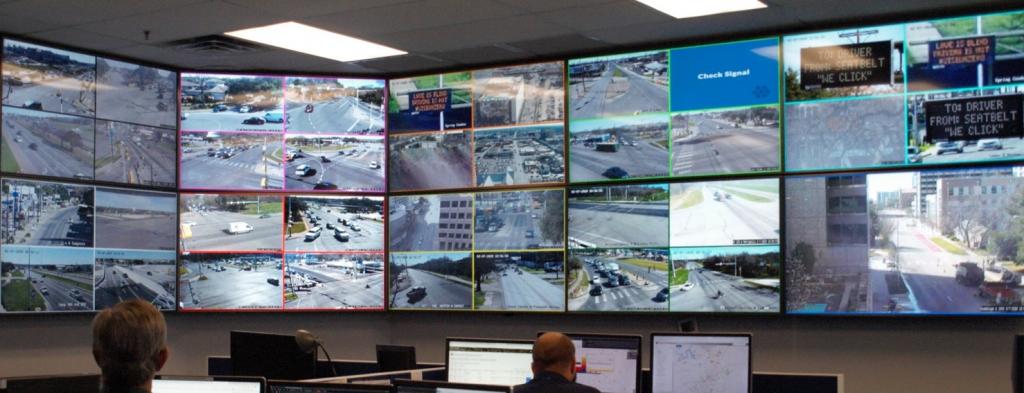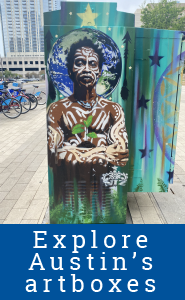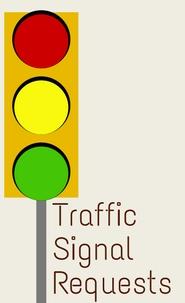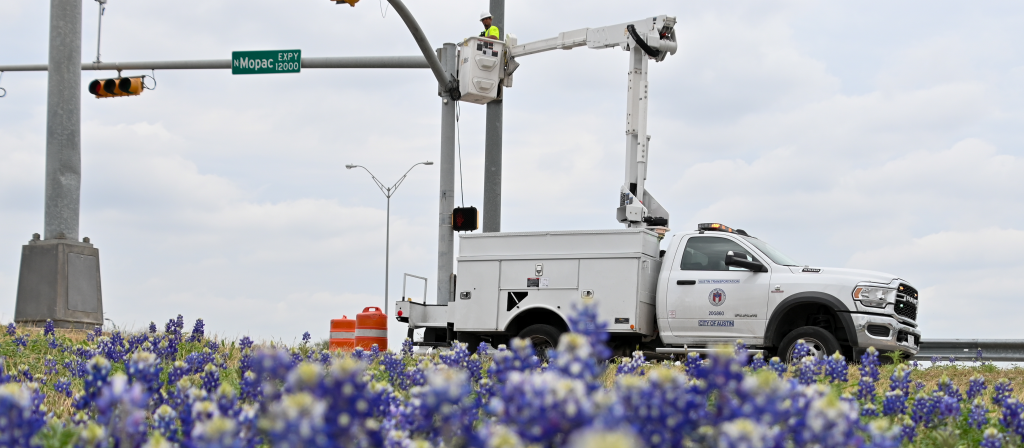The Arterial Management Division of the Austin Transportation and Public Works Department works to manage mobility and safety for all modes of travel on Austin’s arterial roadways. Arterials are roadways that are intended to carry higher amounts of traffic at a higher speed than neighborhood streets.
Tools we use to manage mobility and safety along Austin's arterial roadways:
- Mobility Management Center
- Traffic and Pedestrian Signals
For more information about Arterial Management operations and performance, visit our Open Data and Performance Hub.
Mobility Management Center

The Mobility Management Center (MMC) is the City of Austin's headquarters for monitoring and managing traffic throughout the Austin area. The MMC is staffed seven days a week through peak travel times, and it is often staffed continuously during large events. From the MMC, engineers and technicians monitor traffic patterns and adjust signal timing in response to traffic needs. Signal Technicians may be dispatched from the MMC to respond to downed or malfunctioning traffic signals.
The MMC monitors travel patterns through the use of traffic cameras, travel sensors and real-time information.
View Mobility Management Center Annual Performance Reports:
- 2024 Annual Performance Report
- 2023 Annual Performance Report | Appendices
- 2022 Annual Performance Report
- 2021 Annual Performance Report
- 2020 Annual Performance Report
- 2019 Annual Performance Report
- 2018 Annual Performance Report
- 2017 Annual Performance Report
- 2016 Annual Performance Report
Traffic Cameras
Real-time video feeds from traffic cameras strategically placed around Austin are monitored by the City's Mobility Management Center staff. Traffic cameras allow engineers to monitor traffic patterns and events to identify and address traffic problems quickly. Video from these cameras is not recorded unless there is a specific traffic issue or pattern that needs to be monitored.
Austin Transportation and Public Works Department also operates video detection cameras. These cameras are mounted at traffic signals to look for vehicles or bicycles approaching or waiting at a signal. Once the bike or vehicle is detected, the camera will send a message to the signal for the light to change.
For real-time traffic updates, follow @austinmobility on X.
Traffic and Pedestrian Signals

An appropriately installed traffic signal provides an equitable balance of safe and efficient movements through an intersection and improves mobility for all roadway users.
- Map of City of Austin Traffic and Pedestrian Signals
- Traffic Signal Design Details, Special Specifications & Special Provisions
Signal Timing
Traffic signal engineers evaluate and establish signal timing on a third of the City's more than 1,000 traffic signals yearly. The goal of signal timing is to optimize safe and efficient traffic flow for all modes of travel through individual intersections as well as the city’s roadway network.
Signal Maintenance
Properly functioning signal equipment is important for safe and efficient mobility. City Signal Technicians perform scheduled signal maintenance as well as responding day and night to repair damaged or malfunctioning signals to ensure public safety.
Traffic and Pedestrian Signal Requests
Arterial Management works closely with other divisions in the department to determine the most appropriate locations for traffic and pedestrian signals.
- Details About the Signal Request and Evaluation Process
- Traffic and Pedestrian Signal Request Dashboard
Rectangular Rapid-Flashing Beacons
Rectangular Rapid-Flashing Beacons (RRFB) are pedestrian-activated beacons that flash to alert a driver that a pedestrian is in or about to enter a crosswalk. This gives drivers more advanced warning when a pedestrian is waiting to cross or in a crosswalk. While not typically installed on arterials, Arterial Management installs and maintains RRFBs.
Signal Projects
The Arterial Management Division works with other teams within Transportation and Public Works, as well as other city departments, governmental agencies and area developers to design and construct signals throughout Austin and its extraterritorial jurisdiction. The list, linked below, is updated quarterly.




